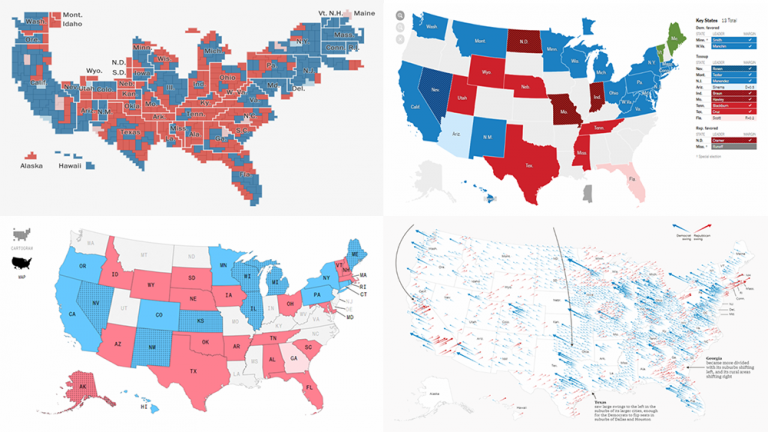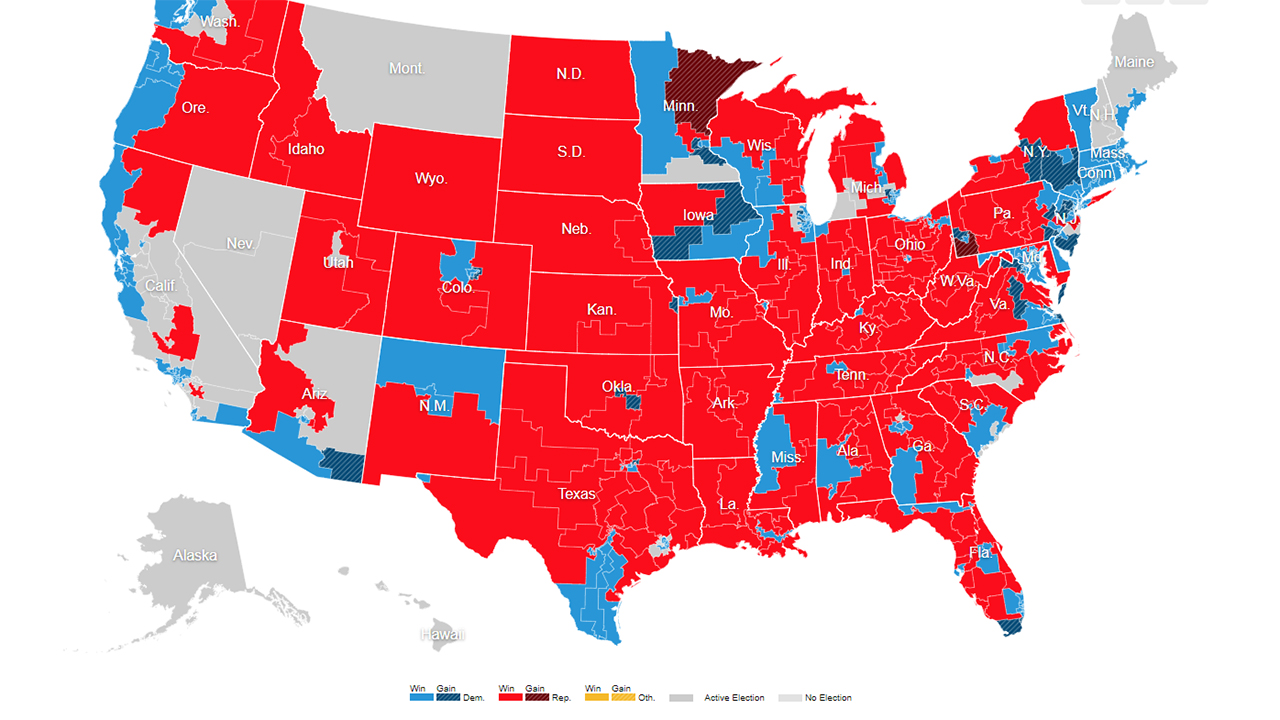
This was still just two data points, though.

9, Democrats came even closer ( within 4 points) in a similarly red district, Minnesota’s 1st (partisan lean R+15). No one expected this district with an R+17 partisan lean to be competitive, but it was a nailbiter: Republicans won by just 5 points. The pattern of Democratic overperformance started with the June 28 special election in Nebraska’s 1st District. 31, it’s quite possible that the Democratic candidate will receive more votes than the last Republican standing - which would be an even bigger upset than Ryan’s win. In fact, when the ranked-choice votes are tabulated on Aug. But it’s not clear how meaningful that is, given the unusual dynamics at play in a ranked-choice election. Currently, Republicans have 21 percentage points more first-place votes than Democrats in that race, despite Alaska’s R+15 partisan lean. (There is one data point missing from this analysis, however: the ranked-choice special election in Alaska’s at-large district. 16 special election in Alaska is excluded because it was a ranked-choice election and we don’t have the final results. *Top-two primaries: Vote margin is the total vote share of all Democratic candidates combined minus the total vote share of all Republican candidates combined. This version of partisan lean, meant to be used for congressional and gubernatorial elections, is calculated as 50 percent the state or district’s lean relative to the nation in the most recent presidential election, 25 percent its relative lean in the second-most-recent presidential election and 25 percent a custom state-legislative lean. Partisan lean is the average margin difference between how a state or district votes and how the country votes overall. How the final vote-share margins in federal special elections in the 2022 cycle compare with the seats’ FiveThirtyEight partisan leans, as of 11:45 a.m.

Since Dobbs, Democrats have done well in special elections When a party consistently does well in special elections - defined not by winning or losing, but by outperforming a state or district’s baseline partisanship - it’s often a sign that the national political environment favors that party, and is therefore a good omen for that party in the upcoming regular general election. We at FiveThirtyEight often track the results of special elections (i.e., elections that occur at unusual times because an office unexpectedly becomes vacant) because of the hints they provide to the national mood. But given how these two elections are part of a larger pattern of good results for Democrats over the last two months, they suddenly look a lot more like signal than noise. On their own, these elections could be dismissed as flukes, chalked up to local factors or particularly strong or weak candidates. 1 At the same time, Republican Joe Sempolinski defeated Democrat Max Della Pia by a closer-than-expected margin of 7 points in the special election for New York’s solid-red 23rd District. On Tuesday, Democrat Pat Ryan defeated Republican Marc Molinaro in a special election for New York’s swingy 19th Congressional District by 2 percentage points, 51 percent to 49 percent. But the evidence is mounting that the national political environment right now actually leans toward Democrats. In your typical midterm election with an unpopular Democratic president, you’d expect Republicans to be flying high.

Wade, Democrats have overperformed.Ĭindy Schultz / The Washington Post / Getty Images In special elections since the Supreme Court overturned Roe v.


 0 kommentar(er)
0 kommentar(er)
